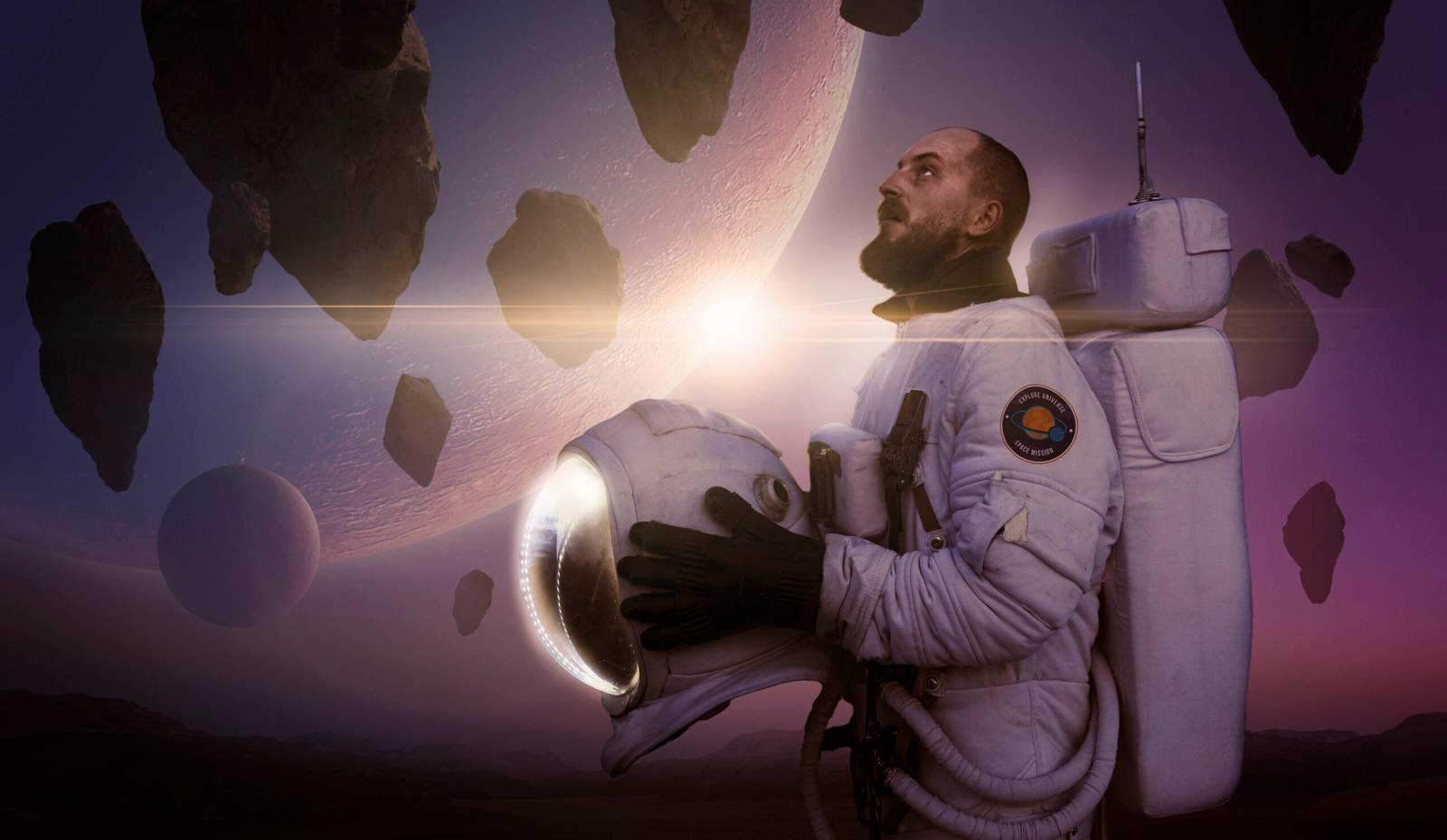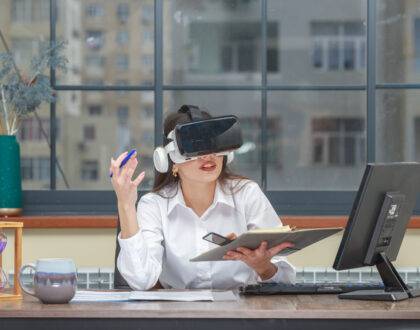Exploring the Intersection of Tech and Space Exploration

by Web Digital
The exploration of space has always been a fascinating endeavour for humanity. From the early days of stargazing to the modern era of sending spacecraft to distant planets, our quest to understand the cosmos has been driven by technological innovation. In recent years, the intersection of technology and space exploration has reached new heights, opening up exciting possibilities for the future of space travel, research, and colonization. This article delves into the remarkable innovations that are shaping the future of space tech and how they are transforming our understanding of the universe.
I. Satellite Constellations: Revolutionizing Communication and Earth Observation
One of the most visible innovations in space technology is the development of satellite constellations. Companies like SpaceX, OneWeb, and Amazon’s Project Kuiper have been racing to deploy thousands of small satellites into low Earth orbit. These constellations are set to revolutionize global internet connectivity, bringing high-speed internet to remote and underserved regions of the world. Moreover, they enhance Earth observation capabilities, enabling more accurate weather forecasting, disaster monitoring, and environmental research.
The deployment of satellite constellations showcases the power of miniaturization and cost reduction in space technology. Smaller, more affordable satellites are easier to launch, allowing for rapid deployment and frequent updates to the satellite network. This technological shift is democratizing access to space and driving innovation in satellite design and manufacturing.
II. Reusable Rockets: A Game-Changer for Space Travel
In the early days of space exploration, rockets were used once and discarded. This was not only costly but also environmentally unsustainable. However, recent advancements in reusable rocket technology have transformed the economics of space travel. Companies like SpaceX with their Falcon 9 and Falcon Heavy rockets have demonstrated the feasibility of launching, landing, and refurbishing rockets for multiple missions.
Reusable rockets have significantly reduced the cost of reaching orbit and beyond. This cost reduction has opened up new opportunities for commercial space ventures, from launching satellites to facilitating space tourism. It also paves the way for ambitious projects like Mars colonization, where frequent launches and cost efficiency are paramount.
III. Advancements in Propulsion Systems
Spacecraft propulsion systems have come a long way since the days of chemical rockets. Innovations in propulsion technology are enabling faster and more efficient space travel. Ion propulsion, for instance, uses electrically charged particles to generate thrust, allowing spacecraft to reach higher speeds and travel longer distances with less fuel. This technology is ideal for deep space missions and has been used in missions like NASA’s Dawn spacecraft, which explored the asteroid belt.
Nuclear thermal propulsion is another promising technology being explored for future missions to Mars and beyond. It involves heating a propellant using a nuclear reactor to generate thrust. This approach could drastically reduce travel times for crewed missions and enable more ambitious space exploration endeavours.
IV. AI and Robotics in Space Exploration
Artificial intelligence (AI) and robotics are playing an increasingly significant role in space exploration. Autonomous rovers like NASA’s Curiosity and Perseverance are equipped with AI systems that enable them to make decisions on their own while navigating the challenging terrain of Mars. These robots are helping us gather valuable data about other planets and search for signs of past or present life.
AI is also being used to process and analyze the massive amounts of data collected by space telescopes and satellites. Machine learning algorithms can identify celestial objects, detect exoplanets, and analyze the composition of distant galaxies, expanding our understanding of the universe.
V. Space-Based Manufacturing and Resource Utilization
Space tech innovations are not limited to exploration alone. They are also paving the way for space-based manufacturing and resource utilization. The idea of mining asteroids for valuable minerals and resources is gaining traction. Companies like Planetary Resources are working on technologies to extract water and precious metals from near-Earth asteroids, which could be used to support future space missions or even sustain human colonies in space.
Additionally, 3D printing technology is being tested aboard the International Space Station (ISS) to manufacture tools and spare parts on demand. This technology reduces the need to transport everything from Earth, making long-duration space missions more sustainable.
Conclusion
The intersection of technology and space exploration is reshaping the way we think about the cosmos. Satellite constellations are bringing the world closer together and improving our understanding of Earth. Reusable rockets are making space travel more accessible and affordable. Advancements in propulsion systems are propelling us deeper into space. AI and robotics are helping us explore distant planets and galaxies, while space-based manufacturing and resource utilization are laying the foundation for a sustainable future in space.
As we continue to push the boundaries of space tech innovation, the possibilities for the future of space exploration are boundless. From setting foot on Mars to unravelling the mysteries of the universe, technology will be our guiding star on this incredible journey into the cosmos. The future of space tech is bright, and it promises to reveal the wonders of the universe in ways we can only imagine today.
Recommended Posts

Exploring the Transformative Influence of Technology in Sports
December 5, 2023

Tech Innovations in Renewable Energy Storage
December 4, 2023

Tech in Entertainment: VR Experiences and Immersive Content
December 2, 2023
